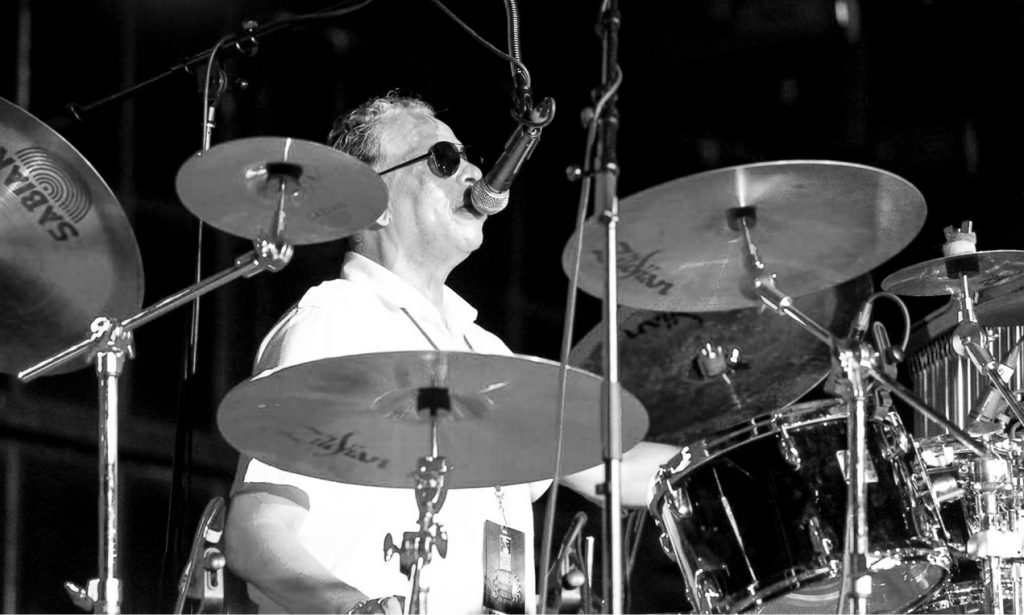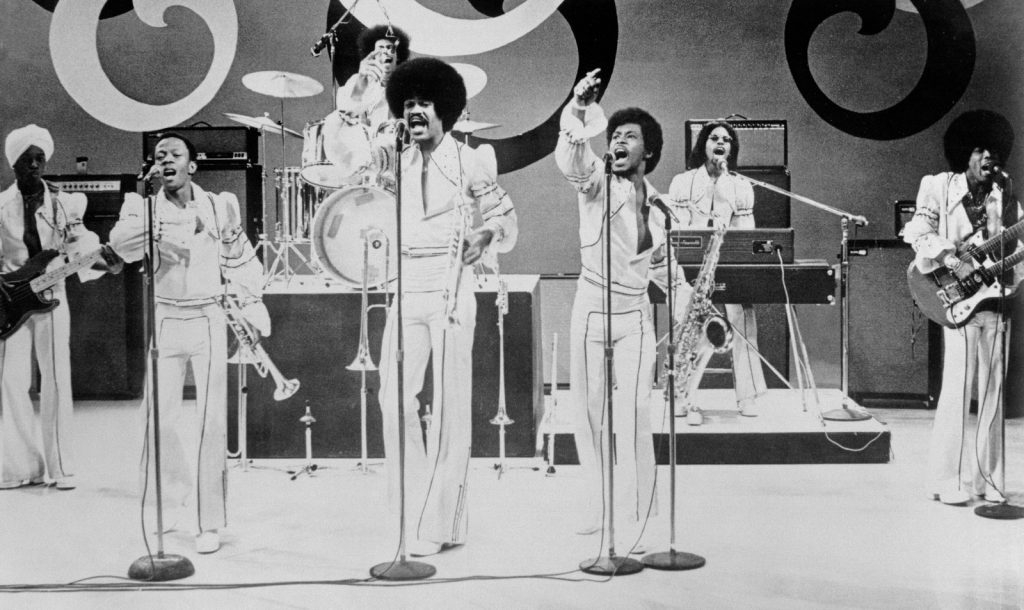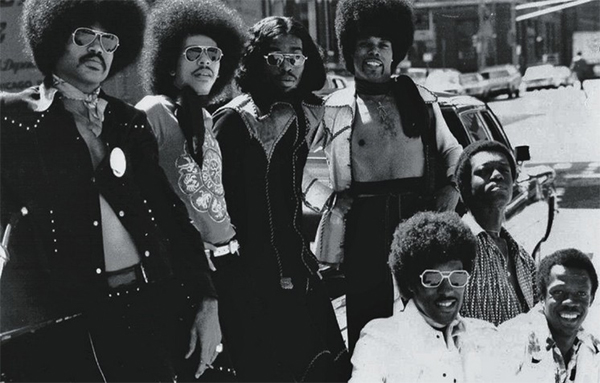James “Diamond” Williams started at a very early age. He trained in jazz and played the genre for some time before an opportunity came for him to grow.
James “Diamond” Williams started working with the Dayton bar band in his early teens, making him one of the youngest players of his period. Williams’ interest in drums emerged when he was still very young. “I always played with drums and hit other hard surfaces since I was a baby“.

This made me very sharp when it came to picking the best sounds for any performance,” Williams. Drummers who laid their background at an early age have always turned out to be successful in their careers. And this is the same force that drove Williams throughout his journey.
When he joined the Ohio Player in 1974, Williams was also already an established drummer. He had been kicking around for several years and knew just what he needed to do to get the right traction for every project. Those who listened to him would have easily confused him for one of the biggest players of the time.
Even though the group had been performing for some time, it was only in the initial stages of their dance hit for Mercury Records. As such, they needed someone with energy and an understanding of different styles to drive their goals ahead.
Williams came on board with his unfussy but intermittently explosive drumming that would fuel the group ahead.

He has already developed his steady streak of funk bottom that could occasionally burst abruptly into incredible fills. Even when he worked ballads like “I Want to Be Free,” his talent was always present and strong with every move. Williams made sure that the results were fulfilling and admirable to everyone who listened.
It was his innovativeness that further fueled his career. Many drummers of his age would focus on a single style and use them on many songs.
Williams had a different mind for different pieces. He did not need to know the song to play it. If there was any song that seemed to force the same tune as another, Williams only added a few tips, and everything became new.
William’s drumming style created the bridge between the lighter genre and hard-rock approaches. Because of his jazz background, the drummer did not have any trouble playing from a low tone before transitioning into a full blast.

In most cases, Williams cooked up a large share of tricky rhythms. “There are songs that can push you to the wall, and you need to be smart to give them the right touch,” he said.
Despite this, he would always get around by the time the song entered the chorus. He had a way of landing on the snare with dance-commanding rhythm with rare subtleness.
For most of his time as a drummer, Williams was able to work on countless rhythms that turned to be an inspiration through different ages. This is the reason he still stands today as one of the most outstanding drummers in history.


